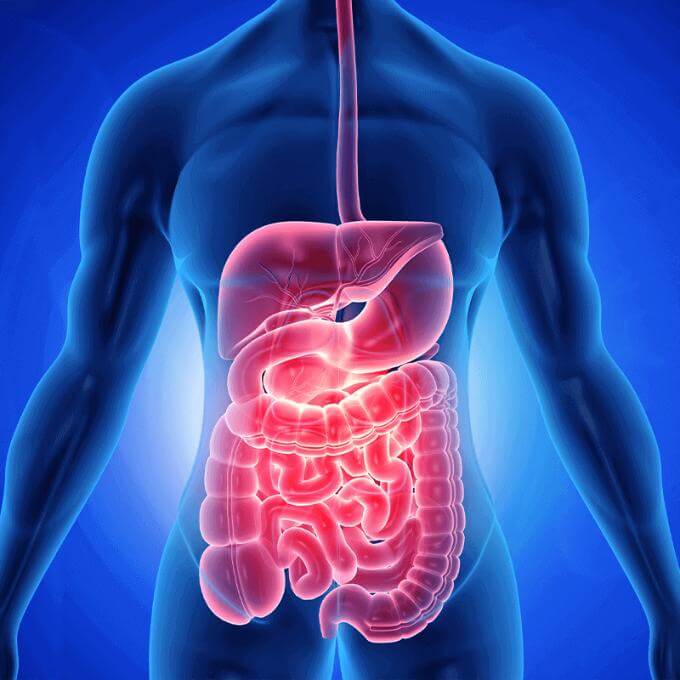Introduction
Peroral sorbents, a class of therapeutic agents, have gained significant attention in recent years as a promising approach. These sorbents, administered orally, actively engage with toxins, pathogens, and other harmful substances in the gastrointestinal tract, providing numerous benefits without invasive procedures or side effects. In this article, we will delve into the world of peroral sorbents, exploring their mechanisms of action, and applications.
Understanding Peroral Sorbents
Peroral sorbents are substances designed to adsorb and neutralize harmful compounds in the digestive system. Unlike traditional treatments, such as surgery or intravenous therapy, they offer a non-invasive and easily accessible approach. They function by actively binding to toxins, pathogens, heavy metals, and other detrimental substances in the gastrointestinal tract.
Mechanisms of Action
The primary mechanism behind the adsorption. When administered, these sorbents travel through the digestive system, interacting with harmful compounds along the way. They work by attracting and binding to toxins, forming stable complexes that are too large to be absorbed by the intestines. This process effectively traps the harmful substances, preventing them from entering the bloodstream and causing harm.
Applications in Gastrointestinal Health
- Food Poisoning: Peroral sorbents are particularly effective in cases of food poisoning. When ingested, they swiftly bind to bacterial toxins, reducing the severity and duration of symptoms such as nausea, vomiting, and diarrhea.
- Drug Overdoses: Peroral sorbents have also shown promise in mitigating the effects of drug overdoses. By binding to excess drugs in the stomach, they can reduce the absorption of these substances, potentially saving lives in critical situations.
- Heavy Metal Poisoning: Gastrointestinal absorption of heavy metals like lead and mercury can lead to severe health issues. Peroral sorbents can help prevent this by capturing these metals and enabling their safe excretion from the body.
- Digestive Disorders: Some digestive disorders, like irritable bowel syndrome (IBS) and inflammatory bowel disease (IBD), involve excessive inflammation and toxin exposure in the gut. Peroral sorbents may help alleviate symptoms by reducing the inflammatory burden.
- Detoxification: Peroral sorbents are increasingly being used as part of detoxification protocols. They can aid in the removal of accumulated toxins and pollutants from the body, promoting overall wellness.
Challenges and Considerations
They are not without challenges and considerations. It’s essential to use them under the guidance of a healthcare professional, as their indiscriminate binding may also affect essential nutrients. Additionally, selecting the appropriate sorbent for a specific condition is crucial for optimal results.
Future Developments
Some potential future developments include:
- Targeted Sorbents: Researchers are exploring the development of sorbents that can selectively target specific toxins or pathogens, minimizing the risk of nutrient depletion.
- Biodegradable Sorbents: Environmentally friendly sorbents that break down after use are being investigated to reduce environmental impact.
- Personalized Medicine: Advancements in molecular profiling may enable personalized sorbent treatments tailored to an individual’s unique gastrointestinal challenges.
Conclusion
Peroral sorbents represent a groundbreaking approach to improving gastrointestinal health. Their ability to actively engage with toxins and harmful substances in the digestive system offers numerous advantages, from mitigating food poisoning to aiding in detoxification. However, it’s essential to use them judiciously under the guidance of a healthcare professional to ensure optimal results. As research continues, peroral sorbents hold the promise of further advancements in gastrointestinal care, potentially revolutionizing the way we approach digestive disorders and toxin exposure in the future.
You may also like
-
Effortless Pigmentation Mark Removal: Exploring the Benefits of Yellow Laser Treatment
-
Pelvic Mesh Implants: What You Should Know About Potential Side Effects
-
How to Recover From a Foot Injury
-
Finding Balance: 7 Stores Offering the Best Traditional Chinese Medicine for Stress Relief
-
Sildisoft 100 and Valentine’s: Crafting Moments of Love

